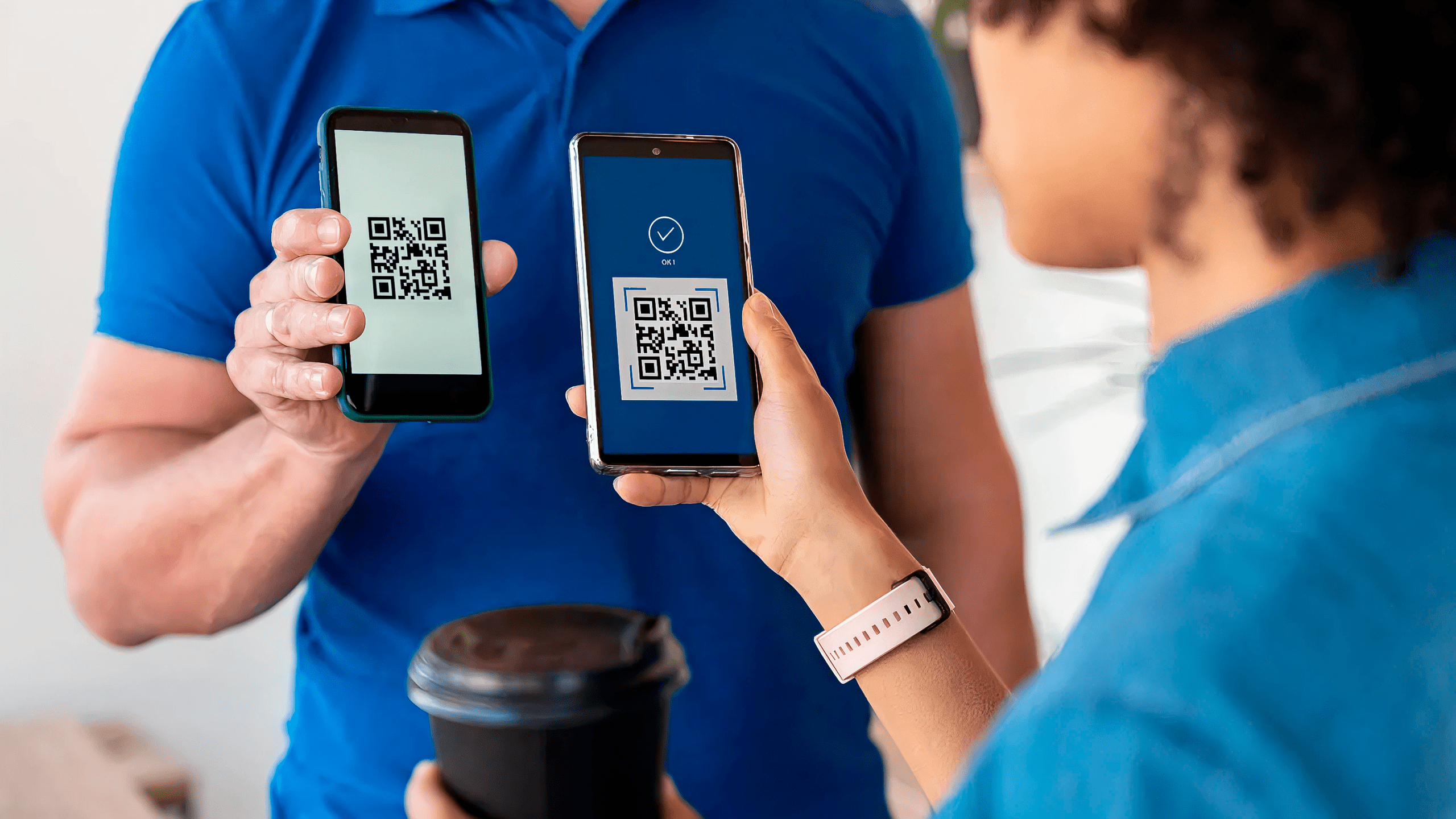
Don’t wait for 2026: early entry into the digital ruble as a competitive advantage
The mass introduction of the digital ruble will start on September 1, 2026. But the “window of opportunity” is now: while there is no deadline race, banks can safely integrate, hone UX, build information security and take a role in the new settlement infrastructure. Those who enter first will gain an advantage in terms of product, image, and access to future B2G/B2B scenarios.
The experiment is over
The digital ruble as a digital currency in Russia no longer looks like a “laboratory”. According to the Bank of Russia, by the end of May 2025, platform participants had made 63,000+ transfers, almost 13,000 payments for goods and services, and executed over 17,000 smart contracts. The Central Bank concept was introduced in April 2021, and in August 2023, federal law No. 270838-8 established the digital ruble as the third form of Russian currency, along with cash and non—cash. At the same time, a pilot based on connected banks and vendor solutions (including a PCR connection from Right line) was launched.
What is important: The Bank of Russia has announced the mass introduction of the digital ruble into banks from September 1, 2026, which means that large banks will be the first to provide customers with access to the new currency. But the architecture of the market is distributed before the official “X hour”.
The digital ruble as a means of payment is not just a new payment, but a new layer of the economy
Smart contracts. The digital ruble has built in the mechanisms of self—executing contracts – the terms of the transaction are “hardwired” into the code and executed automatically.
- The state: targeted spending of funds, payments — strictly upon the fulfillment of conditions.
- Business: automation of salaries, insurance and service payments, management of intra-group flows.
- Citizens: car payments (rent, housing and communal services, subscriptions), car and real estate transactions — without “manual” risk.
Budget operations. A direct route from the budget to the recipient reduces costs, speeds up emergency care, and simplifies auditing. Improvements to the Budget Code will open up special opportunities for the Federal Treasury to work on the platform (unified treasury accounts of territorial bodies, etc.) — this is actually the “entrance” of the Central Bank into the budget process.
Cross-border settlements. The potential of using the digital ruble is transfers without SWIFT and intermediaries, directly between participants, with a reduction in commissions and time from days to minutes.
Financial accessibility. The wallet can be opened at any bank, but the funds are stored in the Central Bank without being linked to a specific credit institution. This changes the rules of the game in terms of audience access and competition for UX.
The question on the agenda is: connect or wait?
Yes, the “mass” launch is in 2026. But regulations are already being updated, new versions of the “Message Album” are being released, and banks are testing wallets in DBO, including through vendor solutions.
Why is it more profitable to enter now:
- Less is the cost of error. Connecting the digital ruble to payment systems without a deadline race means fewer “on—the-shelf” alterations and a lower IT bill.
- Product flexibility. Time for UX experiments, A/B tests, scenarios for segments.
- Image and trust. The market, customers, and the regulator see leaders, not observers.
- Access to future roles. In B2G/B2B scenarios, the winners are those who are the first to integrate into smart contracts, budget payments, and “new” marketing mechanics (including loyalty with instant accruals in the Central Bank).
The SBP analogy is: first, a “complex project”, then a key infrastructure. The logic is the same with the digital ruble.
The road map: three stages of connection
Stage 1. “Box” or in-house
A quick start is through the vendor’s ready—made software (for example, PCR-Connect): basic integration with the CP platform, adaptation of the Message Album formats, opening wallets, and recording transactions.
For whom: medium-sized banks and those with busy IT resources.
Alternative: The Top 10 often go with custom development — more control, more responsibility.
Stage 2. DBO and Client UX
Changes are needed in mobile and web banking: wallet opening, transfers, history, statuses.
Tasks:
- integration via secure channels (GOST TLS),
- client logic and intuitive scenario design.
Conclusion: whoever starts earlier gets space for a strong interface, and not just a “matching checkmark”.
Stage 3. Information security
The most expensive part: compliance with the requirements of the FSB and the Central Bank — certified routers and cryptomodules, certified environments, secure channels, and key management processes.
Realistic timeframe: 2-4 months, provided the team is ready and the IT environment is mature.
Risk factor: there is a shortage of specialists who are familiar not only with information security, but also with the features of the Central Bank platform.
Risks of procrastination
- The role of “catching up”. Interfaces, scenarios, and places in the ecosystem will be occupied by those who have completed the pilot.
- The entrance fee is higher. Connecting “during the season” of a mass launch is an emergency and expensive fixes.
- The missed PR effect. Being among the first is a signal to the market and the regulator; it is not reproduced “retroactively”.
What banks should do today
- Determine the connection strategy: “box” vs. custom, evaluate TCO and time-to-market.
- Book information security resources and equipment: cryptomodules, routers, attestations.
- Prepare UX scenarios in the DBO: wallet opening, transfers, smart contract statuses, notifications.
- Specify the product logic: limits, KYC/AML processes, integration with internal systems.
- Plan pilot cases: payments under smart contracts, pilots with corporate clients, connections with budget payments.
- Prepare communications: explain to clients “why the CR”, how it works and where its advantages are.
Conclusion
The architecture of the digital ruble is being formed now. The mass launch in 2026 will fix the roles, but not reallocate them. Banks that connect earlier will gain a product advantage, customer trust, and a better negotiating position in the B2G/B2B ecosystem. In the financial industry, the digital ruble for business is established before innovation becomes the standard — and the digital ruble is no exception.
Blog

Development of an online acquiring platform: architecture, payment gateway, Back Office and a turnkey merchant portal

Unified QR Standard: how the payment market is moving to a new infrastructure

Back office under pressure: how outdated software slows down banks – and what to do about it

Custom development for fintech: why you should outsource a project
